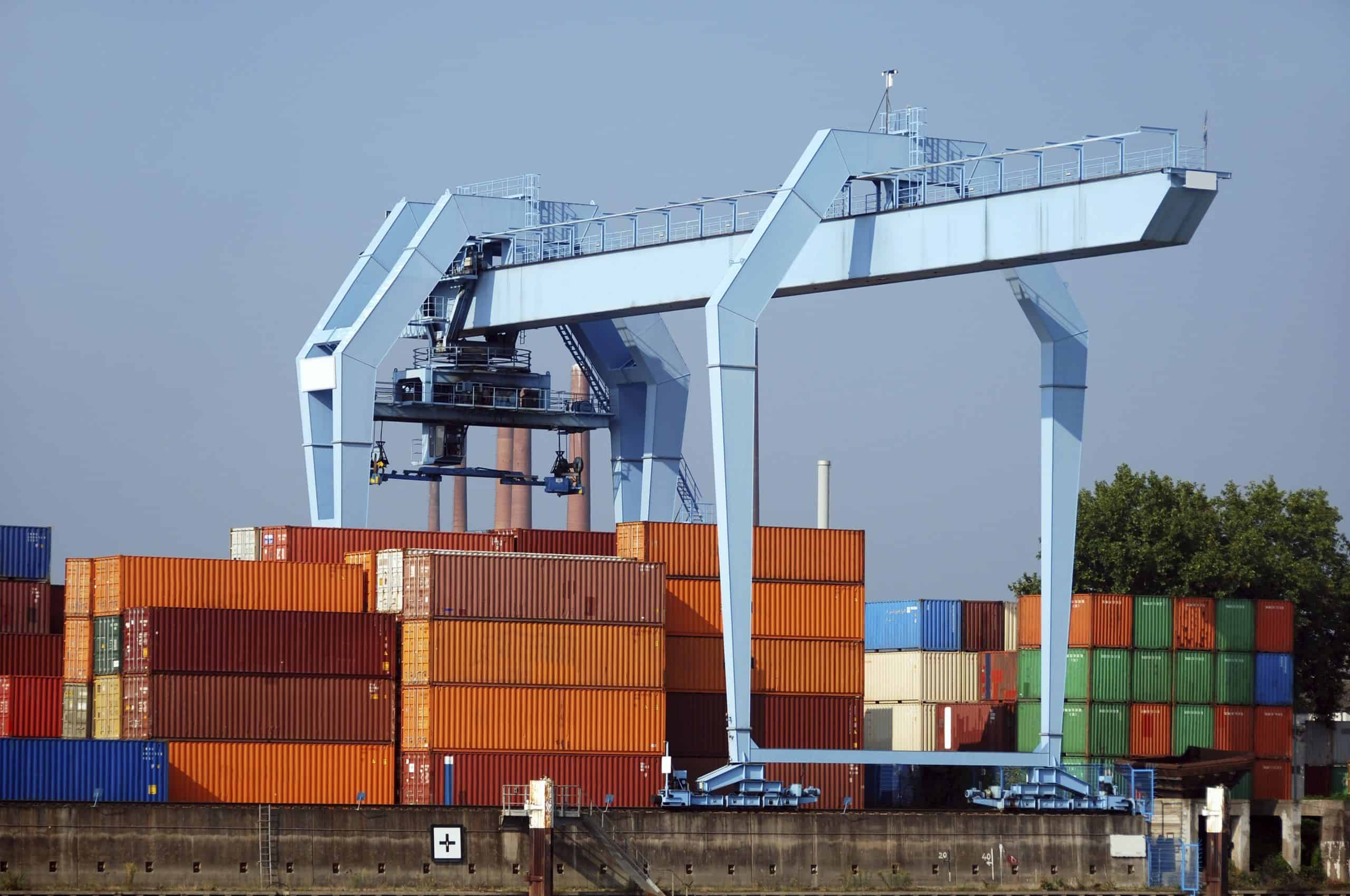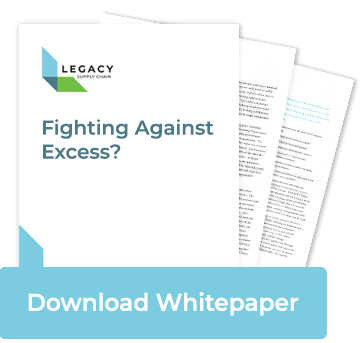Port of Oakland – Supply Chain Disruption

Over the past few days, we have seen some issues at the Port of Oakland that have caused pretty significant issues to supply chains of all shapes and sizes. To recap the basic timeline:
- on 10/31, labor issues in the port caused several marine terminals to shut down operations
- on 11/01, three major terminals remained closed for the entire day.
- on 11/02, unrelated additional protests around the Oakland area from the national “Occupy” movement forced major issues at the port on Wednesday evening, as well as around the City of Oakland in general. As of midday on 11/02, the labor issues had resolved themselves, at least temporarily, and most of the terminals were back up and running.
- as of midday on 11/03, the Occupy Oakland protest has caused major issues with labor in the port. There have been rumors of a full-scale walkout as well…
There are a few major factors at play here:
- LABOR/SAFETY – Refrigerated ocean containers have been deemed a safety risk by the dockworker’s union. Recently, at least 3 fatalities have been reported as a direct result of compressor units within the containers exploding.
- POLITICS/CIVIL UNREST – The national “Occupy” movement has taken a strong following in Oakland.
This is a good example of how uncontrollable events can wreak havoc on the supply chain. Politics, labor disputes, war, civil unrest, safety and security issues, natural disasters, pirates, insect infestations, bad weather, illegal human trafficing – all can be disruptive to supply chain bliss.
Unfortunately, many times there is nothing that can be done to avoid the transportation delays that come with these events. Many times alternative transportation modes or routes can be utilized, but not always.
The role of a good 3PL provider is to constantly be in tune with what is going on in the world to try and mitigate potential logistical issues before they come up. 3PLs need to be proactive and understand that a labor issue at an ocean port is going to likely cause issues with our clients’ freight, and try and take steps up front as possible. Sometimes, when the situation is beyond control, it just helps to communicate with clients to let them know there is an issue, and what the probable outcomes may be.
Get Insights. Stay Ahead.
Get the latest news and insights via email on warehouse improvement, transportation optimization, labor strikes and international shipping rate changes.Popular Posts
Search Posts
-
2024 Q1 Freight Landscape: Trends, Challenges, and Predictions
As the first quarter of 2024 comes to an end, here are some observations over the past few months as well as predictions about the trucking...
+ Read more -
Baltimore Bridge Impact Assessment – Update
Following the recent Baltimore Bridge collapse and subsequent port closures, we want to keep our customers informed about the situation and...
+ Read more -
Global Momentum Builds for Charge on Global Shipping Sector’s CO2 Emissions
A growing coalition of 47 countries, including key players like the European Union, Canada, Japan, and various Pacific Island nations, is...
+ Read more










